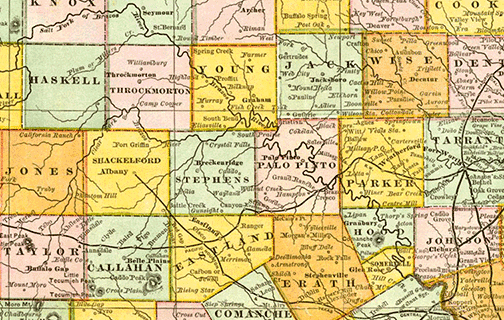
I don't mean the whole Brazos, but a piece of it that has had meaning for me during a good part of my life in the way that pieces of rivers can have meaning. You can comprehend a piece of a river.
The Brazos River
Rio de los Brazos de Dios
This section of the 1882 Railroad and County Map of Texas shown at the top of this page shows the “upper middle Brazos” as its flows east past Fort Griffith on the Clear Fork and Belknap in Young County, Palo Pinto and Granbury, over a half century before dams were built on the Brazos, as lamented by John Graves in Goodbye to a River.
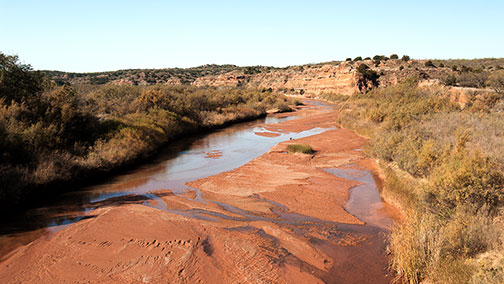
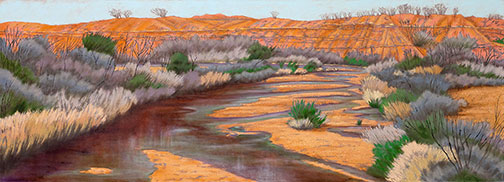
Randy Bacon
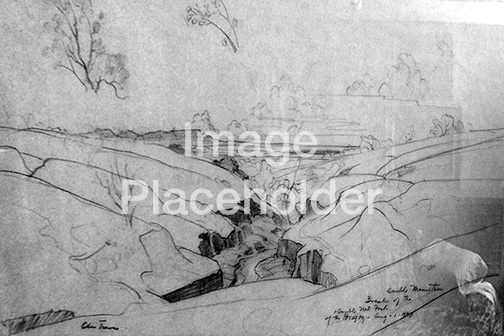
The fork of the river continues east past the Double Mountain a few miles joining with the Salt Fork of the Brazos and forming the Brazos River. The Clear Fork enters the Brazos River further east near Fort Griffin and Albany in Shackelford County.
The Brazos continues on its way past Fort Belknap to Possom Kingdom Lake, which compounds the river in the Palo Pinto Mountains. Fort Griffin (1867) and Fort Belknap (1851) were built to protect the frontier from the Comanches. Below Possom Kingdom, the river continues through high hills and tablelands carved by the Brazos and on to Lake Granbury and Lake Whitney.
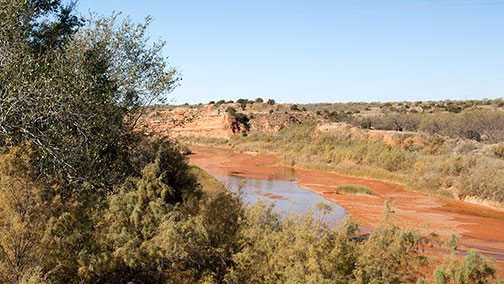
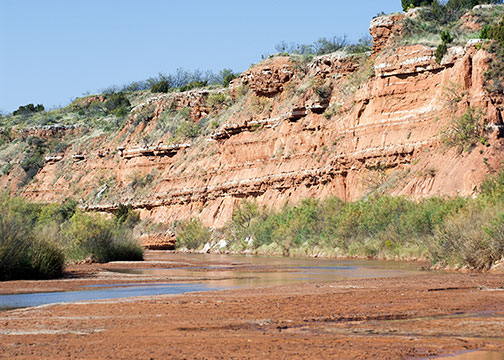
John Graves in his classic book Goodbye to a River calls this portion of the river the “upper-middle Brazos.” This small area of the American West became the cauldron for the frontier conflicts of Indians, homesteaders, cattlemen, buffalo hunters, and the U. S. Cavalry, all widely celebrated in books, movies, art, and poetry.
John Ford’s and John Wayne’s classic movie The Searchers and Larry McMurtry’s Lonesome Dove (and the miniseries with Tommy Lee Jones and Robert Duval) tell stories about the Texas frontier along the Brazos. These books and movies have defined the American Southwest in the eyes of millions of readers and viewers all over the world.
In its early geologic life, the Brazos River flowed through the high plains and carved out the Canyonlands, creating Cooper Mountain, Double Mountain, and a color-filled and intricate web of creeks, canyons, valleys, escarpments, cliffs, and mesas
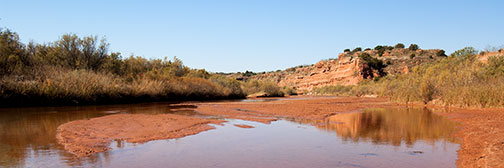
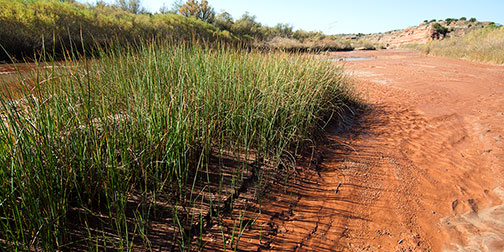
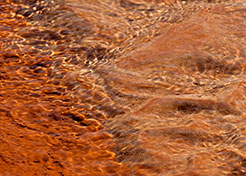
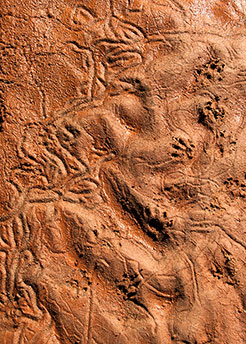
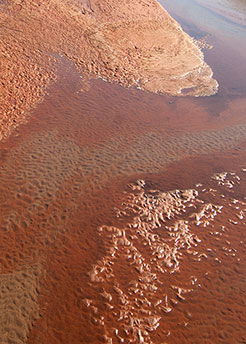
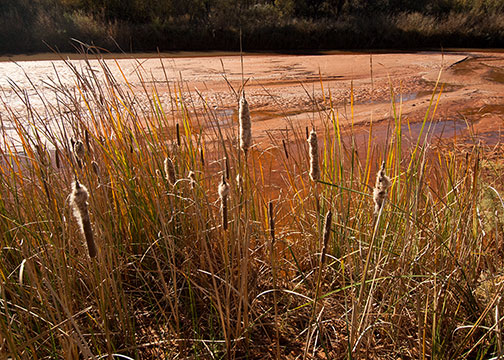
Clear, shallow waters along the Double Mountain Fork of the Brazos River
Wildlife tracks on the river bed of the Double Mountain Fork of the Brazos River
Color variations in the soil along the river bed of the Double Mountain Fork of the Brazos River
Cattails along the river bed of the Double Mountain Fork of the Brazos River
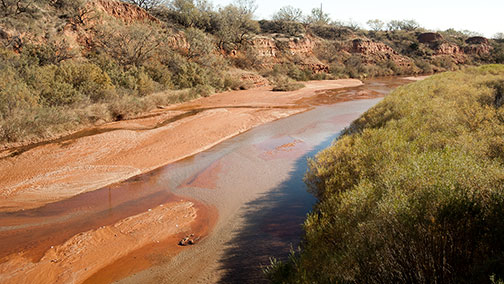
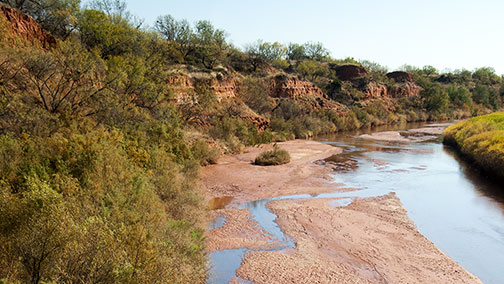
brazosrivercanyonlands.com is published by Jim Watson and licensed
under a Creative Commons Attribution-NonCommercial 4.0 International License.